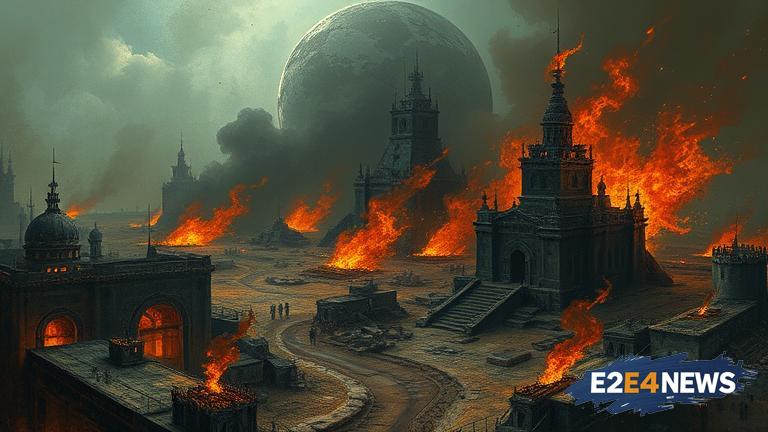Throughout the annals of human history, there exist numerous examples of man-made agony that defy comprehension. These atrocities, perpetrated by individuals and groups, have left an indelible mark on the collective psyche of humanity. The sheer scale and brutality of these events are a stark reminder of the darkness that lurks within human nature. From the atrocities committed during World War II, including the Holocaust and the atomic bombings of Hiroshima and Nagasaki, to the more recent genocides in Rwanda and Bosnia, human history is replete with instances of unimaginable suffering. The transatlantic slave trade, which forcibly enslaved millions of Africans, is another egregious example of man’s inhumanity to man. The use of torture, forced labor, and other forms of exploitation have been consistently employed throughout history to subjugate and oppress marginalized groups. The Soviet forced labor camps, the Khmer Rouge’s killing fields, and the Chinese Cultural Revolution are just a few examples of the countless instances of state-sponsored violence and repression. Furthermore, the ongoing conflicts in Syria, Yemen, and Myanmar serve as a stark reminder that man-made agony is not a relic of the past, but an unfortunate reality that continues to plague humanity. The resilience and courage of those who have survived these atrocities, however, serve as a beacon of hope in the face of unimaginable horror. Their stories, though often heartbreaking, are a testament to the human spirit’s capacity for survival and perseverance. It is essential to acknowledge and learn from these dark chapters of human history, lest we forget the lessons of the past and doomed to repeat them. By examining the complexities of human nature, we can work towards creating a more just and compassionate world, where such atrocities are never again perpetrated. The importance of education, empathy, and understanding in preventing future instances of man-made agony cannot be overstated. Moreover, it is crucial to recognize the role of power dynamics, societal pressures, and cultural norms in shaping human behavior and contributing to these atrocities. Ultimately, it is only by confronting the darkest aspects of human history that we can hope to create a brighter, more equitable future for all. The path forward will undoubtedly be fraught with challenges, but by working together and learning from the past, we can strive towards a world where human dignity and respect are upheld. In conclusion, the examples of man-made agony that populate human history serve as a sobering reminder of the importance of promoting empathy, understanding, and compassion. By engaging with these difficult topics and acknowledging the complexities of human nature, we can work towards creating a more just and peaceful world. The stories of those who have suffered and survived these atrocities will continue to serve as a powerful reminder of the human cost of conflict and the importance of promoting human rights and dignity. As we move forward, it is essential to prioritize education, awareness, and activism, recognizing that the prevention of future atrocities is a collective responsibility that requires the efforts of individuals, communities, and governments around the world. Only through a concerted effort can we hope to mitigate the risk of man-made agony and create a brighter future for generations to come.
